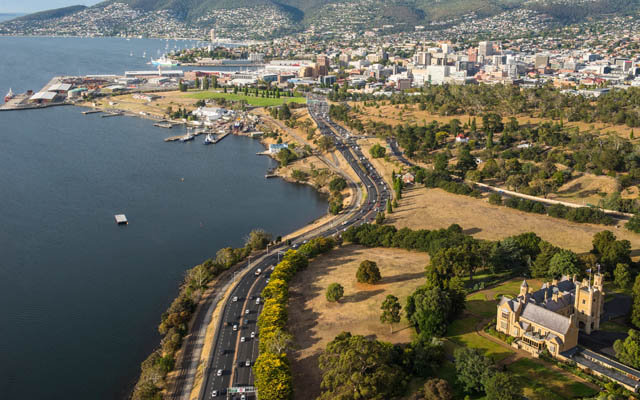As arrivals recover, Tourism Tasmania is striving to ensure that tourism will continue to benefit both future resident generations and future tourists, while driving the state’s economy.
This is why Tourism Tasmania, in collaboration with the Tasmanian Government and industry stakeholders, have developed 2030 Tasmanian Visitor Economy Strategy, which will set the vision and direction of the state’s tourism industry for the future, Sarah Clark, CEO of Tourism Tasmania, told TTG Asia on the sidelines of the Australia Marketplace South East Asia 2023 held in Singapore.

Currently, tourism contributes six per cent of the Gross State Product, the highest in Australia, and provides 13 per cent of jobs.
“The 2030 strategy is about promoting Tasmania in the right way to the right customers, as well as protecting it. We are talking about how we can live in harmony with tourism, and protect our beautiful environment. It’s also building the economy, and looking at all avenues – including customers and community – that tourism touches. I, personally, want to focus on how we can connect more with the industry,” she explained.
Clark, who joined Tourism Tasmania as CEO in January this year, shared: “The last 18 months have been amazing, and we’ve had the largest tourism spend ever of A$3.9 billion (US$2.6 billion), up from A$2.3 billion pre-Covid. This is mainly driven by the domestic market, while Singapore is our fastest-recovering market.
“Our visitor numbers are back to pre-Covid levels, and the spend is substantially higher because people are spending a longer time, as well as money on experiences. Operators have recovered nicely.”
As of March 2023, Singapore has recovered to its pre-Covid numbers, and is the only country that has done so. It sits with the US, and New Zealand, among Tasmania’s top three inbound markets. China and Hong Kong are two markets that have shown interest in Tasmania, but have not come back as strongly.
Currently, Singaporeans have to fly to Melbourne or Sydney, and transfer to a flight to get to Hobart. This has sparked aspirations for a direct flight, and Tasmania is in “warm conversations” with airlines to hopefully turn that dream into reality, Clark mused.
It helps that Hobart Airport’s runway, taxiway and apron will be upgraded over the next two years or so, thanks to the A$60 million funding from the federal government.
“There are many flights a day from Singapore to Melbourne and Sydney, so it’s actually quite easy to connect, but it definitely takes more time – being harder to get to makes visiting Tasmania more worth it,” Clark opined.
On the sustainability front, although Tasmania already boasts 100 per cent renewable electricity, and is a carbon-zero emissions state due to its natural environment, Clark said that there is more to be done.
“One of the key directions in our 2030 strategy is the maintaining of net-zero, and reducing our emissions. It’s not about cancelling what we put in, but reducing what we put in as well. We are planning to get a consultancy in to help businesses (figure out) what their starting point is to reduce their emissions. But this is one of the largest barriers for a small business (because they don’t have the funds); Tasmania is made up of 97 per cent small businesses.”
Trials have been conducted, and discussions are underway to see how this can be rolled out on a larger scale.
Other short-term enhancements for visitors include the launch of a new website, as well as a Discover Tasmania app to help travellers plan their trip. There are also new audio guides for the visually-impaired.




















